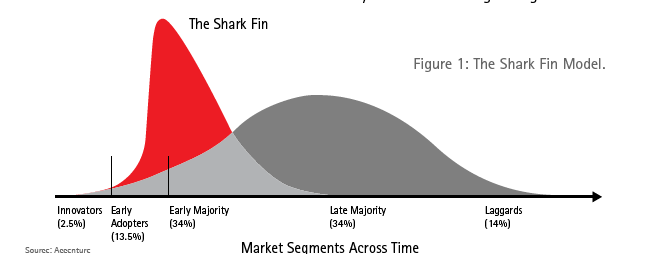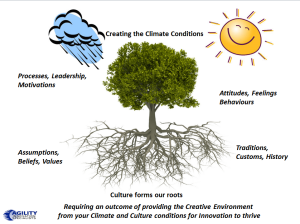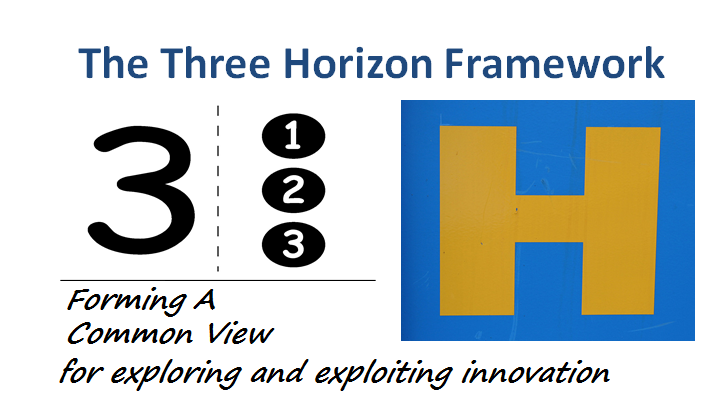
Thinking about ecosystems certainly allows us to go out of our normal scope of internally generating new products.
It opens up a host of possibilities, that can add significantly to a new service design, new capabilities and solving more complex problems.
In opening up to managing within ecosystems, you begin to see your ability to contribute and tackle societal problems within a collaborative system.
You can see new opportunities that can allow you to enter new markets that would have been impossible as an individual organization.
You begin to see the power, scale and strength of having the collective collaborative ability to extend beyond more traditional thinking design. You go beyond the utilization of leveraging existing infrastructure, building on others’ specializations and leveraging through technology powerful new concepts to tackle increasingly complex innovation design.
Continue reading “Innovators – are you thinking about Ecosystems?”







